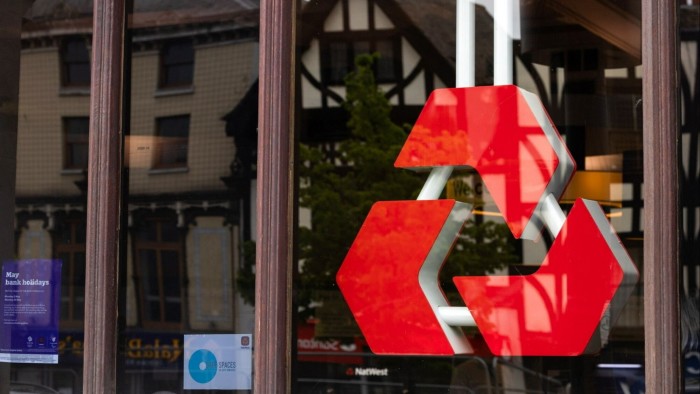Unlock the Editor’s Digest for free
Roula Khalaf, Editor of the FT, selects her favourite stories in this weekly newsletter.
NatWest’s imminent return to private ownership will be a milestone for the British government. But for chief executive Paul Thwaite and the rest of the bank’s staff, it is just another day at the office.
The lender formerly known as Royal Bank of Scotland has transformed several times over the past two decades, from a swashbuckling investment bank with a £2.2tn balance sheet and dreams of world conquest to a chastened high street lender generating 95 per cent of its revenue in the UK, via a few years as the symbol of all things bad about finance.
Its decade-long privatisation is due to complete any day now, but anyone expecting another metamorphosis once NatWest is released from the government’s shackles is likely to be disappointed. It has already started doing most of the things that observers tout as potential benefits of private ownership.
It has increased pay for top executives, started on the acquisition trail with a series of bolt-ons and explored a larger deal for Santander UK, and closed the valuation gap with its peers.
In that respect, the more important marker was hit last year, when the government fell under the 30 per cent ownership threshold that UK listing rules define as a controlling shareholder. The presence of a large and reluctant owner has been an overhang on NatWest’s share price for much of the past decade, but markets began to price in the full privatisation once the end was in sight.
The share price has doubled since then, compared with a 48 per cent rise for Lloyds Banking Group, its closest competitor. NatWest’s valuation on a price-to-book basis overtook Lloyds in November and has traded at a slight premium for most of the time since.
Lloyds’ own journey back into private hands provides a useful comparison. Its shares rallied in anticipation of the return to private ownership in 2017, gaining 32 per cent during the government’s final “trading plan” despite the extra selling pressure, but fell back over the next 12 months. On a price-to-book basis, Lloyds has never regained the valuation it hit in the weeks following the completion of the sale.
NatWest ought not to suffer the same reversal. Its return on equity is in the mid to high teens and it has opportunities to grow in areas like wealth management. It could also benefit from broader trends like a steeper yield curve or a loosening of the post-crisis regulation that its near-collapse inspired.

Whether it can outpace rivals is a different question. They too will benefit from changes in rates and regulation, suggesting NatWest is unlikely to enjoy another run of such vast share price outperformance. But, even if a freedom dividend is already in the price, investors may find that buying this UK bank now is better than never.
